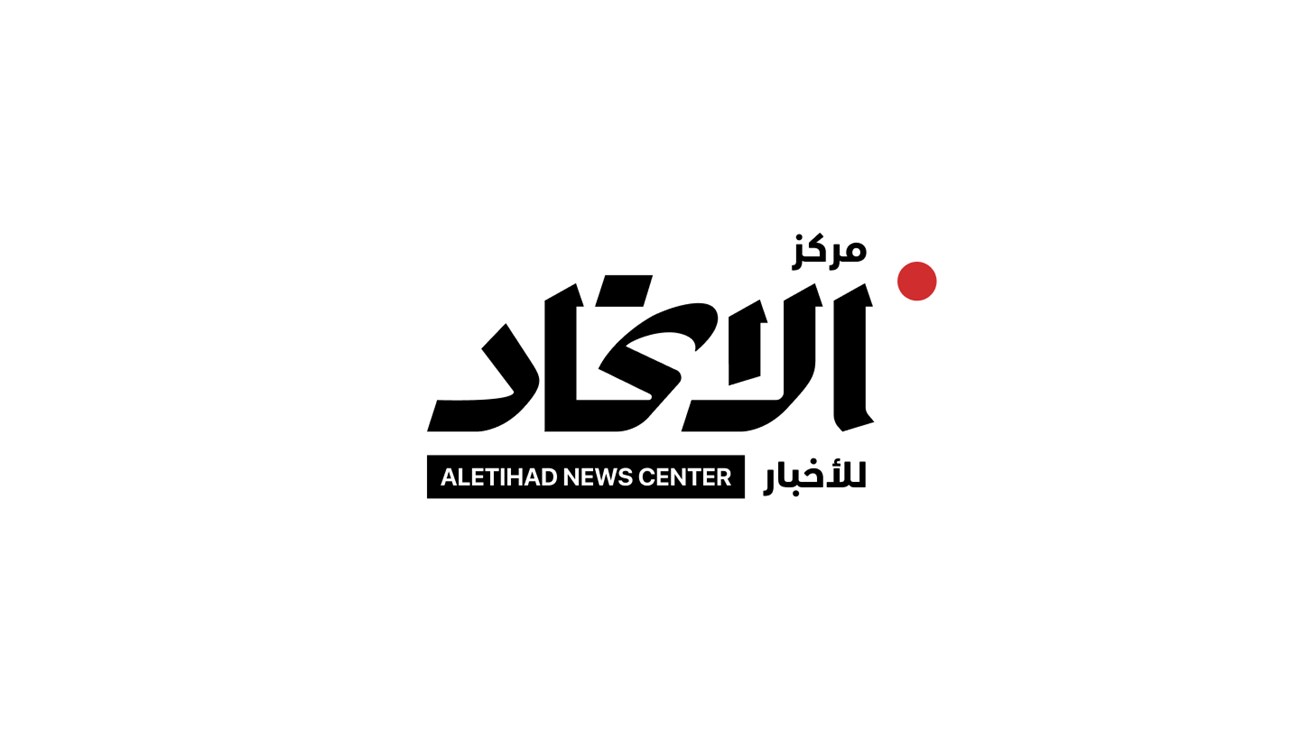KHALED AL KHAWALDEH (ABU DHABI)
Mohamed Bin Zayed University of Artificial Intelligence’s (MBZUAI) new Vice President for Research Sami Haddadin predicted the future of AI evolution would be the transfer from the digital to the physical world – via the emerging field of robotics.
His comments came at the annual Aletihad Forum, held in celebration of the newspaper's 55th year of publication. Having been appointed to MBZUAI only two weeks ago following an esteemed career which saw him found Europe’s largest centre of robotics and machine intelligence in Germany, Haddadin said he was impressed with the level of investment and strategic focus in the UAE.
“The next phase of AI is the ones with the bodies… AI robots are bridging the digital and physical world and even democratising space travel,” he told the audience at the Rixos Marina Abu Dhabi on Monday.
“We believe that with the rise of AI, the rise of robots is coming.”
Haddadin was referencing the successful landing of the SpaceX shuttle which was essentially caught by two enormous artificially intelligent robot arms. For Haddadin, this was a clear representation of what the future would look like – where AI would make the leap from the digital to the physical realm.
Haddadin’s comments came during a session hosted and moderated by Aletihad English Managing Editor Mohammad Ghazal, who asked Haddadin about the university’s approach in keeping pace with the rapid advancements in the AI sphere.
“We are using robots and AI to democratise diagnostics access across the globe.
Citing a specific case study from the university’s research, he said that integrating robotics into healthcare can serve as a “prolonged arm” for diagnosing patients hundreds and thousands of kilometres away.
“So, what you will see is a doctor sitting in Munich and a telepathic robot in Abu Dhabi that is then doing the kind of safe contact with the patient. This kind of democratisation of access to medical services can be reported by the combination of communication, machine learning, AI and analytics” he added.
According to Haddadin, it was the combination of both these physical and digital aspects that would create the maximum utility and economic benefits for AI technologies. Something that he believed would become more readily available as robotic technology rapidly advanced.
He said the university was fully focused on bridging between digital AI and physical robotics by investing in the full scale of technologies across the spectrum. This includes Large Language Models (LLM) on the digital side, and robotics as well as integration into open world data on the physical side.
“This is the key to essentially making the UAE one of the great spaces for implementing AI research and benefitting from the fundamental transformative technologies that I personally believe will change our life forever,” he said.


